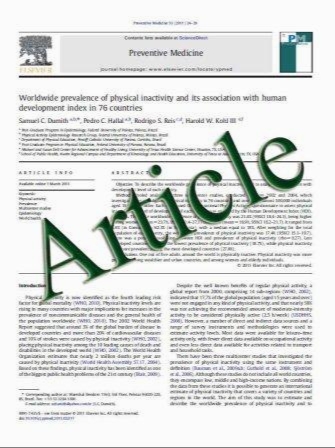Hypertension and hemodialysis: pathophysiology and outcomes in adult and pediatric populations
- نوع فایل : کتاب
- زبان : انگلیسی
- مؤلف : Peter N. Van Buren & Jula K. Inrig
- چاپ و سال / کشور: 2011
Description
Hypertension is prevalent in adult and pediatric end-stage renal disease patients on hemodialysis. Volume overload is a primary factor contributing to hypertension, and attaining true dry weight remains a priority for nephrologists. Other contributing factors to hypertension include activation of the sympathetic and renin–angiotensin– aldosterone systems, endothelial cell dysfunction, arterial stiffness, exposure to hypertensinogenic drugs, and electrolyte imbalances during hemodialysis. Epidemiologic studies in adults show that uncontrolled hypertension results in cardiovascular morbidity, but reveal increased mortality risk at low blood pressure, so that it remains unclear what the target blood pressure should be. Despite the lack of a definitive BP target, gradual dry weight reduction should be the first intervention for BP control. Renin–angiotensin–aldosterone system inhibitors have been shown to improve cardiovascular morbidity and mortality and are recommended as the initial pharmacologic therapy for hypertensive hemodialysis patients. Short-daily or nocturnal hemodialysis are also good therapeutic options for these patients. It is already established that hypertension in pediatric hemodialysis patients is associated with adverse cardiovascular outcomes, and there is emerging evidence that the mechanisms causing hypertension are similar to adults. Hypertension in adult and pediatric hemodialysis patients warrants aggressive management, although clinical trial evidence of a target BP that improves mortality does not currently exist.
Pediatr Nephrol DOI 10.1007/s00467-011-1775-3 Received: 2 December 2010 / Revised: 7 January 2011 / Accepted: 12 January 2011


